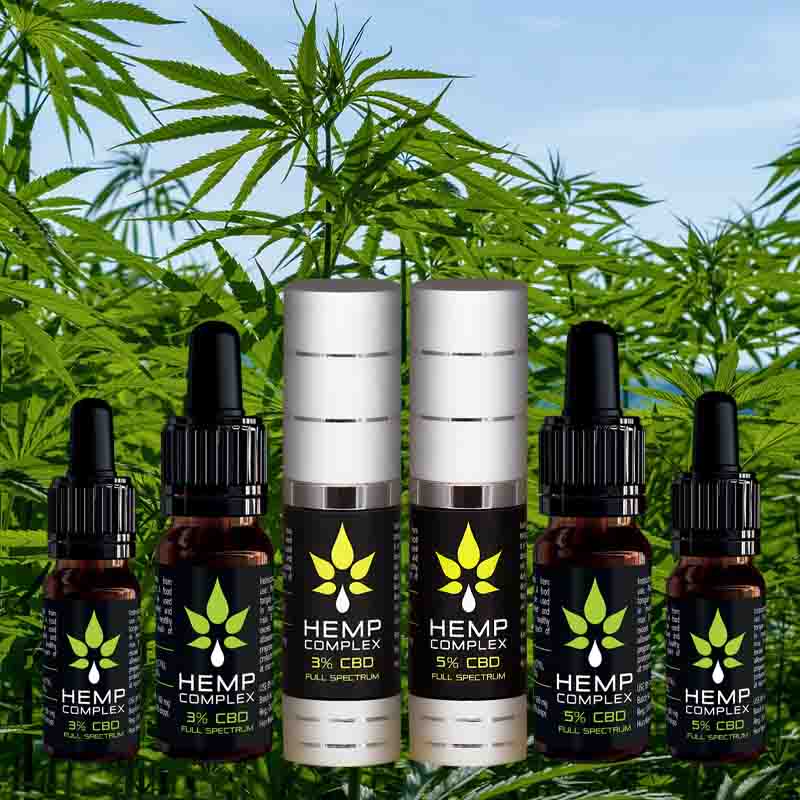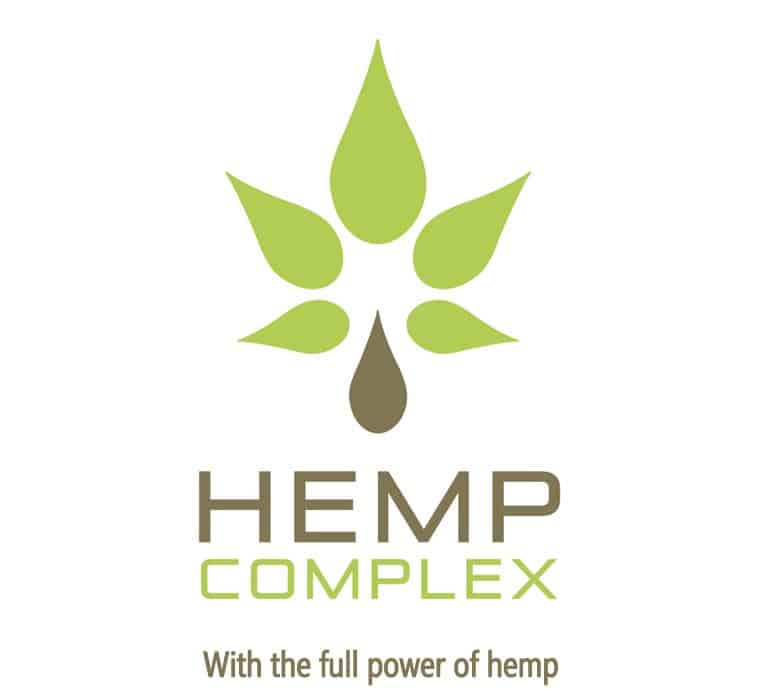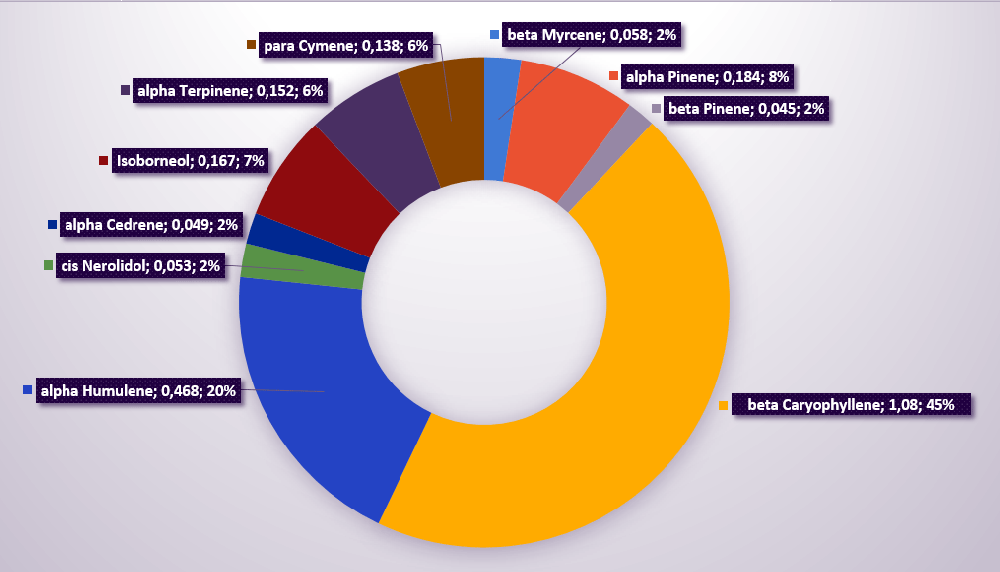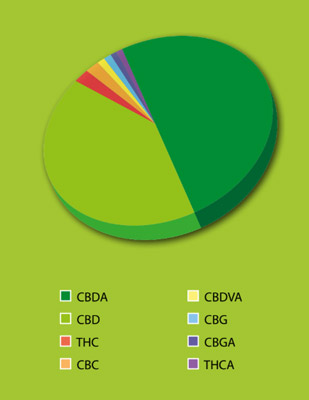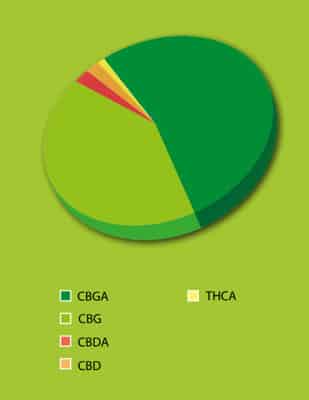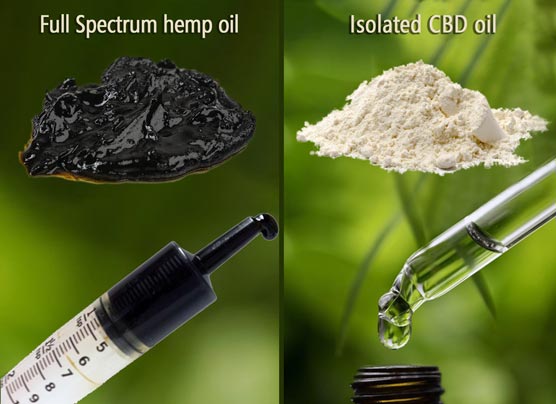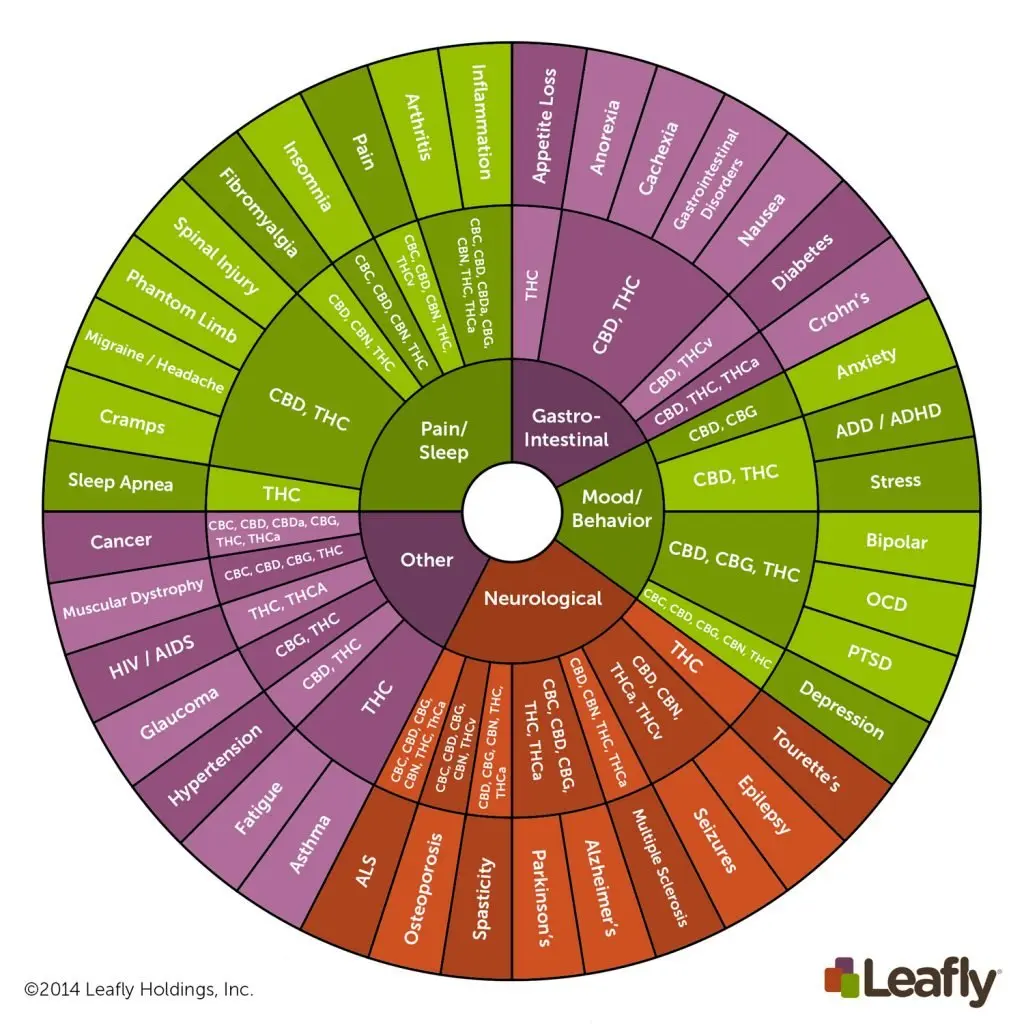Hemp Complex raw full spectrum CBGA – CBG oil – ” the stem cell of cannabinoids! “
About CBGA oil: CbdBase offers full spectrum raw CBGA diluted hemp extract or Hemp Complex FOR THE FIRST TIME WORLDWIDE for the team of cannabinoid users.
CBGA OIL IS A THC FREE PRODUCT!
Hemp extracts can be manufacured by multiple methods, however there are significant differences in the quality and therapeutical benefits between these cannabinoid containing products. Those methods which include heat treatment have negative influence on raw hemp extraction procedures.
History of medical employment and physiological benefits of hemp extracts:
The hemp plant was known and used for medical purposes for thousands of years all over the world. Between 1850 and 1937 it was considered an important herbal medicine that was used to treat more than 100 different maladies.
The hemp plant contains over 1400 known compounds.
Hemp contains more than 1400 known compounds, but research is still ongoing to get a deeper understanding of the plant. One of the main active ingredient is CBD, which stems from CBDA. Research shows that CBD in itself is less effective than a complex hemp extract – in the view of this it is no wonder that the full herbal extract was employed for therapeutic purposes throughout history.
What is the difference between the “raw” hemp extract and the “heat treated” extract?
Raw cannabinoids or cannabinoid acids constitute a new field of research concerning the active agents of the hemp plant. Hemp products circulating in commerce are mostly heat treated. Heat treatment is a viable method to homogenize cannabinoids into groups, and work them further into isolated forms as well. This way separating one group of active ingredients from the full extract. Most of the cannabinoids within the hemp plant are present in their acidic form (“A” is abbreviation for “acid”) The only difference between them is the presence of a carboxil group.
Inside the fresh or raw plant material the acidic precursor occurs in much greater amounts than inside the heat treated products, the latter frequently not even containing these useful compounds at all.
Cannabinoids acids are structurally heterogeneous compounds, whereas some of them are endogenous molecules and others are the metabolites of phytocannabinoids. Both acidic types have multiple biological effects, for instance low CB1 affinity, anti-inflammatory and analgesic properties.
The secret of Hemp Complex lies in its rawness
The secret of Hemp Complex lies in its rawness, and in the untouched unity and proportions of the natural phyto-compounds and active ingredients within!
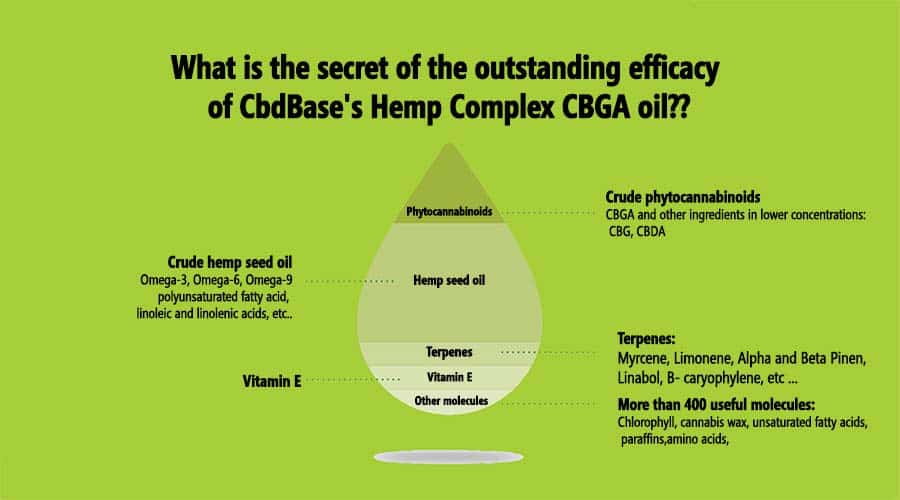
Besides CBGA and CBG, Hemp Complex contains cannabinoids and other valuable phyto-componds, such as terpenes, flavonoids, chlorophyll and essential fatty acids: omega-3, omega-6. These compounds all have their unique therapeutic benefits. More…
Main terpenes in the industrial hemp
Terpenes and terpenoids are those compounds inside the hemp plant, which endow the plants and their extracts with a multitude of aromas and distinguishable flavors. Every Cannabis subspecies possesses a unique terpene profile, which differentiates its structure and terpene concentration. Terpenes are the main compounds within the volatile substances of plants.
Out of the multitude of compounds occurring in the hemp plant, more than 200 terpenes and terpenoids were identified. Terpenes are basically essential oils. Even though cannabinoids occur in greater proportions inside the hemp plant, but terpenes have a certain regulatory function. Specifically, with this function they are able to influence the impact of hemp extract (CBGA oil) on the human body.
Terpenes found in the industrial hemp:
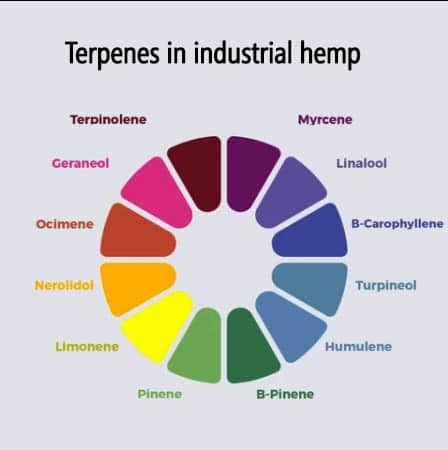
Main terpenes in Hemp Complex
Hemp Complex contains 10 major terpenes, which are categorized as follows:
- Class 1 terpenes: beta-myrcene, alpha-pinene, beta-pinene, beta-caryophyllene
- Class 2 terpene: alpha-humulene
- Class 3 terpenes: cis-nerolidol, alpha-cedrene
- Class 4 terpenes: isoborneol, alpha-terpinene, para-cymene
Read more about the influence of terpenes on the human body here.
Why are terpenes and terpenoids important?
Similairly to cannabinoids, terpenes also bind to the receptors of the brain, hence stimulating various effects and influencing the chemical excretion of neurotransmitters, and having an impact on the dopamine and serotonine levels as well. Research proves the versatile effect of terpenes (see: aromatherapy), for example:
– Anti-inflammatory effect
– Analgestic effect
– Sopophoric effect
Research revealed the fact that terpenes interact with such cannabinoids as CBD and THC. Due to this, they can improve the homeostasis of the body by means of “synergy”. All naturally occurring constituents of the hemp plant – terpenes, cannabinoids and other natural compounds – work together synergistically to enhance and boost the benevolent features of the plant. Research findings suggest that isolated Cannabis compounds are less efficacious, compared to all natural constituents working in unison.
Flavonoids in CbdBase’s raw Hemp Complex oil
The group of flavonoids are one of the most useful compound groups supporting the human body. Presently flavonoids belong to 13 different compound groups, including 4000 variously structured flavonoids. Flavonoids are most well-known about their antioxidant propeties. The flavonoids occurring in hemp are called cannaflavins. So far almost 20 have been identified. Read more about flavonoids here!
Endocannabinoid (ECS) or cannabinoid system in the human body
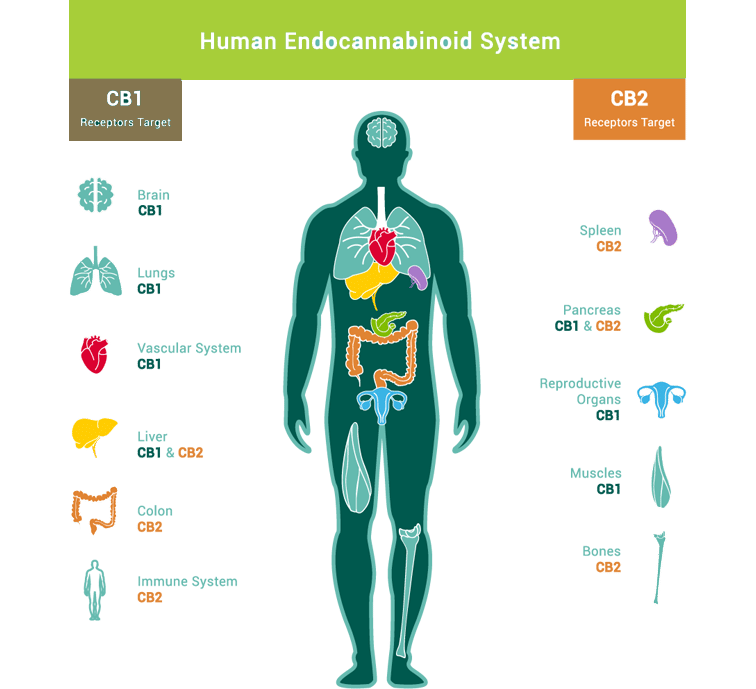
How does it work?
Endocannabinoids
Endocannabinoids, also called endogenous cannabinoids, are molecules made by your body. They are similar to cannabinoids, but they’re produced by your body.
Experts have identified two key endocannabinoids so far:
- anandamide (AEA)
- 2-arachidonoylglyerol (2-AG)
These help keep internal functions running smoothly. Your body produces them as needed, making it difficult to know what typical levels are for each.
Endocannabinoid receptors
These receptors occur all over the body. Endocannabinoids bind to them in order to signal that the ECS needs to take action.
There are two main endocannabinoid receptors:
- CB1 receptors, which are mostly found in the central nervous system
- CB2 receptors, which are mostly found in your peripheral nervous system, especially immune cells
Endocannabinoids can bind to either receptor. The effects that result depend on where the receptor is located, and which endocannabinoid it binds to.
For example, endocannabinoids might target CB1 receptors in a spinal nerve to relieve pain. Others might bind to a CB2 receptor in your immune cells to signal that your body’s experiencing inflammation – which is a common sign of autoimmune disorders.
Enzymes
Enzymes are responsible for breaking down endocannabinoids, once they’ve carried out their function.
There are two main enzymes responsible for this:
- fatty acid amide hydrolase, which breaks down AEA
- monoacylglycerol acid lipase, which typically breaks down 2-AG
The ECS is complicated, and experts haven’t yet determined exactly how it works, or all of its potential functions.
ResearchTrusted Source has linked the ECS to the following processes:
- appetite and digestion
- metabolism
- chronic pain
- inflammation and other immune system responses
- mood
- learning and memory
- motor control
- sleep
- cardiovascular system function
- muscle formation
- bone remodeling and growth
- liver function
- reproductive system function
- stress
- skin and nerve function
These functions all contribute to homeostasis, which refers to stability of your internal environment. For example, if an outside force, such as pain from an injury or a fever upsets your body’s homeostasis, your ECS kicks in to help it return to its ideal operation.
Today, experts believe that maintaining homeostasis is the primary role of the ECS.
How does THC interact with the ECS?
Tetrahydrocannabinol (THC) is one of the main cannabinoids within the Cannabis plant. It’s the compound that gets you “high.”
Once in your body, THC interacts with your ECS by binding to receptors, just like endocannabinoids. It’s powerful partly because it can bind to both CB1 and CB2 receptors.
This allows it to have a range of effects on your body and mind, some more desirable than others. For example, THC may help to reduce pain and stimulate your appetite. Nevertheless, it can also cause paranoia and anxiety in some cases.
Experts are currently looking into ways to produce synthetic THC cannabinoids that interact with the ECS in only beneficial ways.
How does CBD interact with the ECS?
The other major cannabinoid found in cannabis is cannabidiol (CBD). Unlike THC, CBD doesn’t make you “high” and typically does not cause any negative effects.
Experts aren’t completely sure how CBD interacts with the ECS. What they do know is, it doesn’t bind to CB1 or CB2 receptors the way THC does.
Instead, many believe it works by preventing endocannabinoids from being broken down. This allows them to have more intense effect on your body. Others believe that CBD binds to a receptor yet undiscovered.
While the details of how it works are still under debate, research suggests that CBD can help with pain, nausea, and other symptoms associated with multiple conditions.
What about endocannabinoid deficiency?
Some experts believe in a theory known as clinical endocannabinoid deficiency (CECD). This theory suggests that low endocannabinoid levels in your body or ECS dysfunction can contribute to the development of certain conditions.
A 2016 articleTrusted Source reviewing over 10 years of research on the subject suggests the theory could explain why some people develop migraine, fibromyalgia, and irritable bowel syndrome.
None of these conditions have a clear underlying cause. They’re also often resistant to treatment and sometimes occur alongside each other.
If CECD does play any kind of role in these conditions, targeting the ECS or endocannabinoid production could be the missing key to treatment. However, more research is needed on this topic.
What is the synergistic effect?
Each terpenes and flavonoids possess their own, unique implications. When interacting with cannabonoids, they may amplify, or even multiply each other’s therapeutic influences. According to research, the flavonoids occurring in hemp – for example beta-sitosterine, vitexine, isovitexine, apigenine, kempferole, kvercetine, luteoline and orientine along with cannabinoids and terpenes – collaborate in a synegric effect. This is what we call “Entourage effect”. In this case, various ingredients are able to work together effectively. Due to this, it is possible to raise or lessen the impact according to the necessities of the body. The concurrent presence of cannabinoids and terpenes cumulate a higher quality effect than the non-full spectrum, heat treated CBD oils.
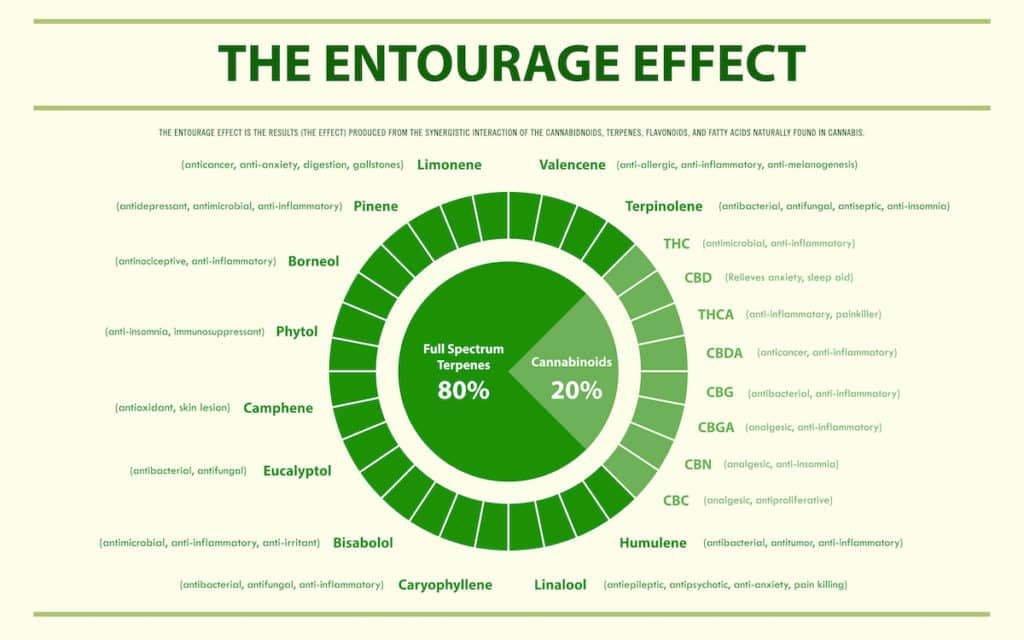
Why choose raw CBGA extract?
Only raw hemp extracts contain the full spectrum of cannabinoids and other beneficial compounds, such as terpenes, flavonoids and essential fatty acids. During the production process we avoid any heat treatment method. Therefore, cannabinoid acids, terpenes and other useful compound groups stay intact in our products. Hemp plant in its raw form contains a significantly higher proportion of CBDA than CBD, as a matter of fact. Regarding the use of CBD oils it is easy to observe, that the more acidic components it has, the more effective and safer it is. When met with thermal stress, CBGA transforms into CBG. The biological merits of CBG are only a fracture of CBGA. Our raw Hemp Complex does not only feature mostly phytocannabinoids in their acidic form, but also contains significant amounts of thermounstable terpenoid and flavonoid compound groups.
We avoid heat treatment technologies during manufacturing, such as decarboxilation, and for this reason the cannabinoid acids, terpenes and other beneficial compound groups are being left intact in our products. Hemp in its raw state contains both CBGA and CBG. As the result of the process we gain the purest and most natural CBGA oil, which contains cannabinoids, terpenes and many more natural compounds, which are able to employ their effect thanks to their synergistic collaboration.
What is CBGA, or cannabigerolic acid, and how is it formed in the hemp plant?
The history of CBGA
Cannabigerolic acid is the first biogen cannabinoid to develop in the plant. Two chemists, Gaoni and Mechoulam discovered cannabigerol in 1964. They have assered that CBG and its precursor, CBGA do not induce psychotropic effects, unlike THC.
Biosythetical development of CBGA in hemp
In the hemp plant all major cannabinoids first occur in “cannabigerol acid” form (CBGA). Therefore CBGA is also called “the mother of cannabinoids”. Plant enzymes typical of each Cannabis strain convert CBGA into three major cannabinoid precursor compound, that is:
– tetrahydrocannabinolic acid
– cannabicroman acid (CBCA)
– cannabidiolic acid (CBDA)
Despite the fact that CBGA pays a primary role in creating other cannabinoids, its own synthesis takes a much longer path than we would think. According to a research article published in Frontiers in Plant Science, CBGA in fact is produced by five or six previous chemical and catalysis reaction. From here on “three oxidocyclas is responsible for the multitude of cannabinoids: the THCA-synthase (THCAS) changes CBGA into THCA, while CBDA-synthase (CBDAS) creates CBDA, and CBCA-synthase (CBCAS) creates CBCA.”
CBGA is the acidic precursor of CBG. CBGA exclusively occurs in non-heat treated, raw hemp plants and in product manufactured by methods that bypass heat treatment.
Why choose full spectrum raw hemp extract?
Hemp Complex CBGA oil also contains further cannabinoids and many valuable active phytocompouds besides its CBD, CBDA and CBC content. These are terpenes, flavonoids, chlorophyll, essential amino acids, omega-3, omega-6 etc. As a matter of fact, the ingestion of these together amplifies the beneficial impact. However, these compounds have their own unique therapeutical value on their own.
Strictly raw hemp extracts contain the full spectrum of cannabinoids and other beneficial compounds, such as terpenes, flavonoids and essential amino acids.
We are bypassing heat treatment procedures, such as decarboxilation during production. The reason for this is to leave cannabinoid acids, terpenes and other useful compound groups intact.
In raw form the hemp plant contains both CBGA and CBG.
This manufacturing process results the purest and most natural product, that contains cannabinoids, terpenes and many other natural compounds, which through their synergistic effect are able to produce the very best results.
Area of employment for cannabinoids occurring in full spectrum raw hemp extract, according to scientific research:
The figure shows, that the raw form of CBD is CBDA; the raw form of CBC is CBCA; the raw form of CBG is CBGA; the raw form of CBN is CBNA. The raw form of CBDV is CBDVA, and the raw form of THC is THCA, THC acid, that is, which is not a psychotropic substance in its raw form.
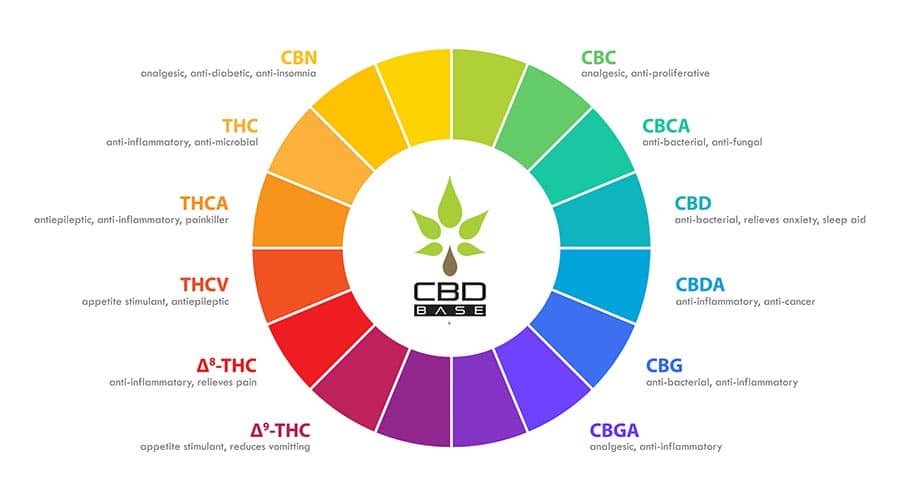
What is the secret of the superior efficacy of CbdBase’s Hemp Complex CBGA oil?
The secret of Hemp Complex CBGA oil lies in its rawness, and in the untouched unity and proportions of the natural phytocompounds and active ingredients within!
Besides CBD and CBDA, Hemp Complex CBGA – CBG contains cannabinoids and other valuable phytocomponds, such as terpenes, flavonoids, chlorophyll, essential fatty acids, omega-3, omega-6. These compounds all have their unique therapeutical benefits. Read more:
Terpenes in CbdBase Hemp Complex crude CBGA oil
Terpenes and terpenoids are those compounds inside the hemp plant, which endow the plants and their extracts with a multitude of aromas and distinguishable flavours. Every Cannabis subspecies possesses a unique terpene profile, which differentiates its structure and terpene concentration. Terpenes are the main compounds within the volatile substances of plants.
Terpenes are the main components of the plant’s aroma. Out of the multitude of compounds that occur in the hemp plant, more than 200 terpenes and terpenoids were identified. Terpenes terpének are basically essential oils. Even though cannabinoids occur in greater proportions inside the hemp plant, but terpenes have a certain regulatory function with which they are able to influence the impact of hemp extract (CBGA oil) on the human body.
Main terpenes in Hemp Complex CBGA – CBG oil
The Hemp Complex contains 3 main terpenes, which belong in the following categories:
Class 1: alpha-pinene, beta-cariophyllene
Class 2: alpha-humulene
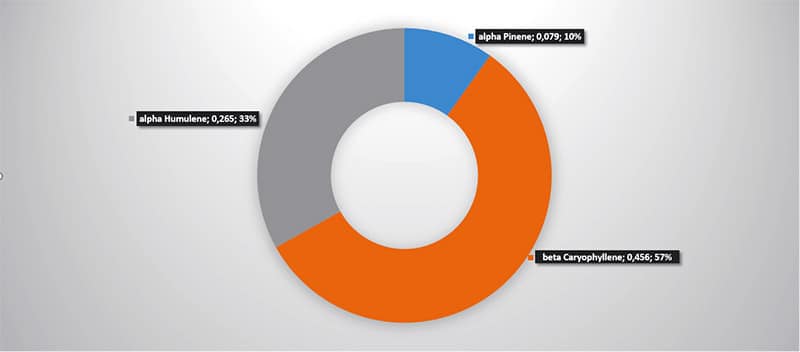
Why are terpenes and terpenoids important?
Similairly to cannabinoids, terpenes also bind to the receptors of the brain, hence stimulating various effects and influencing the chemical excretion of neurotransmitters, and having an impact on the dopamine and serotonine levels as well. Research proves the versatile effect of terpenes (see: aromatherapy), for example:
-Anti-inflammatory effect
-Analgesic effect
-Soporific effect
Research had also shone light on the fact that terpenes interact with such cannabinoids as CBD and THC, thus improving the body’s homeostasy by means of “synergy”. All naturally occurring constituents of the hemp plant – terpenes, cannabinoids and other natural compounds – work together synergetically to enhance and boost the benevolent features of the plant. Research findings suggest that isolated Cannabis compounds are less efficacious compared to all natural constituents working in unison.
Flavonoids in CbdBase’s raw Hemp Complex oil
The group of flavonoids are one of the most useful compound groups supporting the human body. Presently flavonoids belong to 13 different compound groups, including 4000 specific, variously structured flavonoids. Flavonoids are most well-known about their antioxidant propeties. The flavonoids occurring in hemp are called cannaflavins, so far we know of almost 20. Read more about flavonoids here!
Why choose raw CBGA oil extract?
Only raw hemp extracts contain the full spectrum of cannabinoids and other beneficial compounds, such as terpenes, flavonoids and essential fatty acids. During the production process we avoid any heat treatment method. Conclusively, the cannabinoid acids, terpenes and other useful compound groups stay intact in our products. Hemp plant in its raw form contains a significantly higher proportion of CBGA and CBDA than CBG or CBD, to be specific. Regarding the use of CBD oils, it is easy to observe that the more acidic components it has, the more effective and safer it is.
When met with light and thermal stress, CBGA transforms into CBG. The biological merits of CBG are only a fracture of CBGA. Our raw Hemp Complex does not only feature mostly phytocannabinoids in their acidic form, but also contains significant amounts of thermo-unstable terpenoid and flavonoid compound groups.
We avoid heat treatment technologies during manufacturing, such as decarboxilation. For this reason, the cannabinoid acids, terpenes and other beneficial compound groups are intact in our products. Hemp in its raw state contains both CBGA, CBG, CBDA and CBD. As the result of the process, we gain the purest and most natural CBD oil, which contains cannabinoids, terpenes and many more natural compounds. This way, these are able to employ their effects, thanks to their synergistic collaboration.
Dosage for Hemp Complex CBGA Oil
The dosage for our Hemp Complex containing non-heat treated, raw constituents significantly differs from the dosage of the isolated, wide or full spectrum heat treated CBD oils.
Raw ingredients always incorporate better in the body than heat treated substances! Read more about directions of use here !
How to recognize raw, full spectrum CBGA oil?
- The colour of the full spectrum raw CBD oil is dark green, almost black – unlike the yellowish-transparent oils on the market.
- Its consistence is thick, unlike the translucent, thinner oils.
- Its flavour is bitterish-pungent and spicy, since it doesn’t contain any flavourings.
Areas of use for the raw, CBGA – CBG oil:
Where and how do they make Hemp Complex full spectrum raw CBGA oils?
We exclusively manufacture our products from Hungarian grown non-GMO and chemical-free hemp. All plants are grown with all-natural nutrients. Hungary, due to its outstanding environmental characteristics has centuries-old traditions in the field of hemp production, indeed. We use this contamination-free raw material along with the latest SFE-CO2 extraction method to produce the cannabidiol containing CbdBase HEMP COMPLEX product line. The SFE- CO2 extraction method is the most gentle form of extraction by far.
CbdBase’s products have OGYÉI (National Institute of Pharmacy and Nutrition) notification number. These comply with the current legislative regulations, and the General Food Safety Principles Regulation (EU 178/2002).

